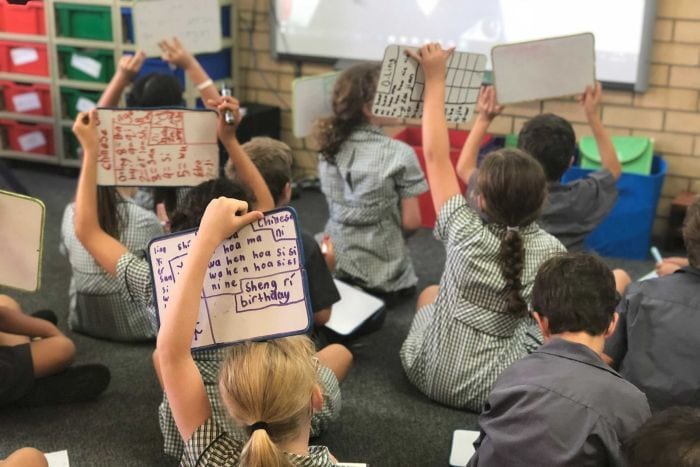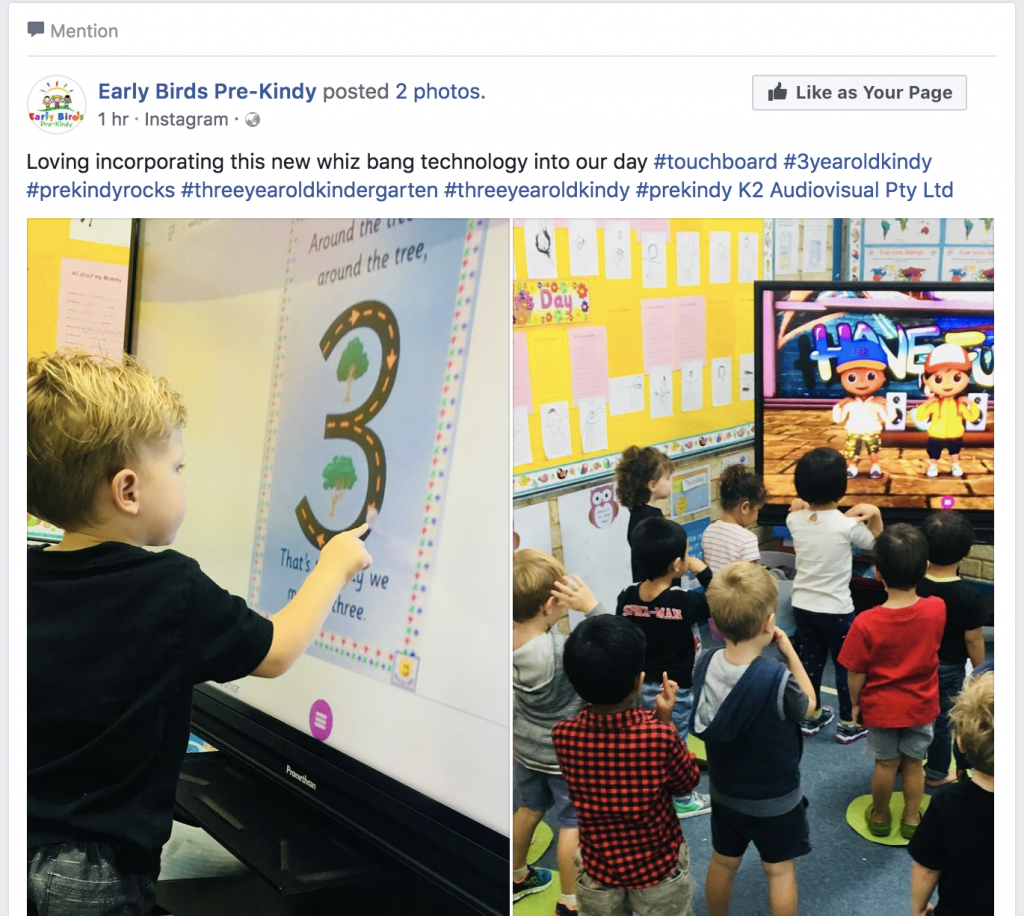
A collection of the most useful, tactical, and actionable information educators are using to help grow Australia’s education to the frontline of the world. 1% at a time.
This is where the K2AV team does the ground work to find the most practical information that educators can apply, ponder, and discuss to move the needle 1% further . So here it is:
A tool educators are using more often –
Video conferencing. The ability to extend a classroom’s boundary to incorporate another on the other side of the world was, not only unfathomable, but completely unaffordable even 5 years ago. Now a classroom in Geraldton is taught a new language from a teacher in China via video link. The program called My Chinese Teacher is one of 10,000+ classrooms that can now afford to set up commercial conferencing hardware such as theBiamp Devio and then use any software – Skype, Zoom, Hangouts, etc. and expand the classroom beyond the confines of its four walls.
Additional funding WA schools are jumping on –
The School Device Program 2018 available until 8th June 2018 allows WA schools access to additional funding to support all WA students undertaking NAPLAN online by 2019. This funding gives schools the opportunity to improve integration of ICT/AV equipment in classrooms between $1,000 to $30,000 per school. Two options of audio visual solutions that can be purchased using this funding.
Most shared education article –
WA Schools To Teach Meditation…As Part of New Mindfulness Curriculum.
A device for releasing stress & enhancing mindfulness –
HeartMath’s Inner Balance sensor displays a user’s heart rhythm allowing the user to become more mindful of his/her emotional states, and being able to generate favourable ones on demand in the future with 6-9 weeks of practice.
Most successful approach for group coordination (and addressing racial division between students) –
The Jigsaw Classroom. A learning technique developed in early 1970s with many case studies of improved test performance, reduced absenteeism, and greater liking for school attributed to this technique. Each lesson is split into 5-6 chunks, a student is assigned to research one of these chunks with others in the class assigned the same task, and when research is complete – they return to the group and teach the others. The key is structured interdependence where each student’s success depends on both his/her own contribution and those of his/her partners. A step by step guide and tips on implementation here.
P.S. A video response to a frequently asked question –
What’s a more valuable investment – an interactive projector or an interactive screen?
A Happy Customer

We like honest no-holds-barred feedback. As the largest classroom technology provider to education in WA, our goal has been to help grow education in Australia to the frontline of the world. This newsletter, our podcast, and our book has been our means of sharing information that can help do that. Let us know what we could/should do better.
